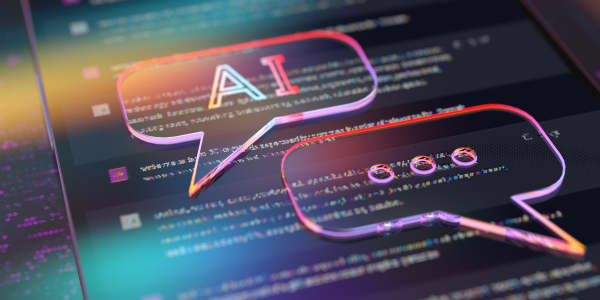Grocery giant Walmart is to pilot the autonomous delivery of groceries in Houston, Texas. The trial is being carried out using technology from Nuro, an autonomous vehicle firm.
In a blog post on the Medium website Tuesday, Nuro said the trial would use electric, self-driving vehicles to deliver groceries from a select group of Walmart stores in Houston.
A "pilot group" of customers who opted-in to the scheme will be the first to receive deliveries using the technology, Nuro added.
Houston is already home to a delivery service using Nuro's vehicles. In select zip codes, Kroger customers can pay a $5.95 delivery charge for their shopping to be delivered by Nuro.
Rise of autonomy
Starship Technologies, another firm that specializes in self-driving deliveries, says its robots can deliver items within a four mile radius. In August, the business announced it had completed 100,000 deliveries using the technology.
And on Wednesday, information and communication technology firm Ericsson announced that an autonomous passenger ferry in Trondheim, Norway, had carried people across the city's harbor canal.
The Swedish company partnered with telecommunications firm Telia and the Norwegian University of Science and Technology (NTNU) for the demonstration. The ferry, called milliAmpère, uses sensors to "record its surroundings", according to Ericsson.
The business said its 5G technology was used to help Telia "securely support the large amount of data transfers needed to support the autonomous ferry."
5G refers to the fifth generation of mobile networks. While it promises cell phone users incredibly fast browsing experiences, it will also benefit the autonomous vehicle sector through its ability to process reams of information and data simultaneously and quickly.
"The data is analyzed so that the vessel finds its way itself and avoids any obstacles, and at the same time the distance to the quay is measured so that the boat can safely moor itself," Egil Eide, associate professor at NTNU's Department of Electronic Systems, said in a statement.
Eide added that, in the event of an emergency, the ship could be controlled remotely from a control center using the same mobile network.




